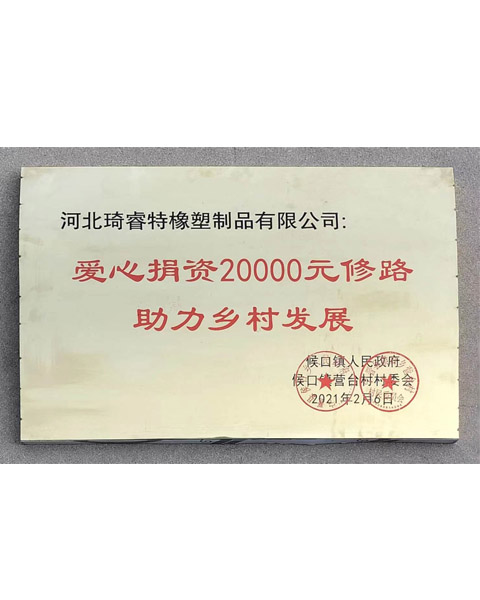Versatile Hose Connector for Efficient Fluid Transfer and Secure Connections
Understanding Hose Couplers Essential Components for Fluid Transfer
Hose couplers are fundamental components in fluid transfer systems, enabling the effective connection and disconnection of hoses. These devices are designed to facilitate the quick and secure transfer of liquids or gases in various applications, ranging from agricultural irrigation to industrial manufacturing and automotive maintenance. In this article, we will delve into the different types of hose couplers, their uses, and the benefits they provide.
At their core, hose couplers consist of two main parts the male and female ends that connect securely but can easily be uncoupled when needed. This design allows for rapid changes in the systems involved, making them invaluable in situations that require frequent hose swaps or adjustments. Common types of hose couplers include threaded, cam and groove, and quick-disconnect options. Each type serves specific purposes and is chosen based on the requirements of the application.
Threaded couplers are commonly used in applications where a more permanent connection is required. They feature screw-in designs that create a tight seal to prevent leaks, making them ideal for high-pressure environments. On the other hand, cam and groove couplers have a simple design that allows for quick attachment and release—the user merely needs to slide the couplers together and then lift the cam arms to lock them in place. This function significantly reduces downtime when switching hoses, making them popular in agricultural and industrial settings.
hose coupler

Quick-disconnect couplers prioritize convenience and speed. They allow operators to make fast and effortless connections without the need for tools, which is beneficial in applications such as automotive servicing and firefighting. The design typically includes a push-button mechanism or a simple pull-ring that facilitates a seal, ensuring efficient operation under various conditions.
The materials used in manufacturing hose couplers vary widely, including brass, stainless steel, and various types of plastics. The choice of material generally depends on the specific application and the chemical compatibility required. For example, brass and stainless steel are preferred for high-pressure and corrosive environments, while plastic couplers work well in lighter-duty applications.
The advantages of using hose couplers go beyond mere functionality. They enhance safety by ensuring secure connections that minimize the risk of leaks or bursts during operation. Additionally, their ease of use often helps to reduce labor costs, as operators can efficiently change hoses without extensive training or tools. This efficiency can lead to improved workflow within operations, ultimately saving time and increasing productivity.
In summary, hose couplers are indispensable tools across various industries. Their ability to streamline fluid transfer processes, maintain safety, and enhance operational efficiency makes them key components in fluid handling systems. Whether you’re involved in agriculture, manufacturing, or any field where fluids are managed, understanding and utilizing the right hose coupler can significantly impact your operational success.
-
Ultimate Spiral Protection for Hoses & CablesNewsJun.26,2025
-
The Ultimate Quick-Connect Solutions for Every NeedNewsJun.26,2025
-
SAE J1401 Brake Hose: Reliable Choice for Safe BrakingNewsJun.26,2025
-
Reliable J2064 A/C Hoses for Real-World Cooling NeedsNewsJun.26,2025
-
Heavy-Duty Sewer Jetting Hoses Built to LastNewsJun.26,2025
-
Fix Power Steering Tube Leaks Fast – Durable & Affordable SolutionNewsJun.26,2025

